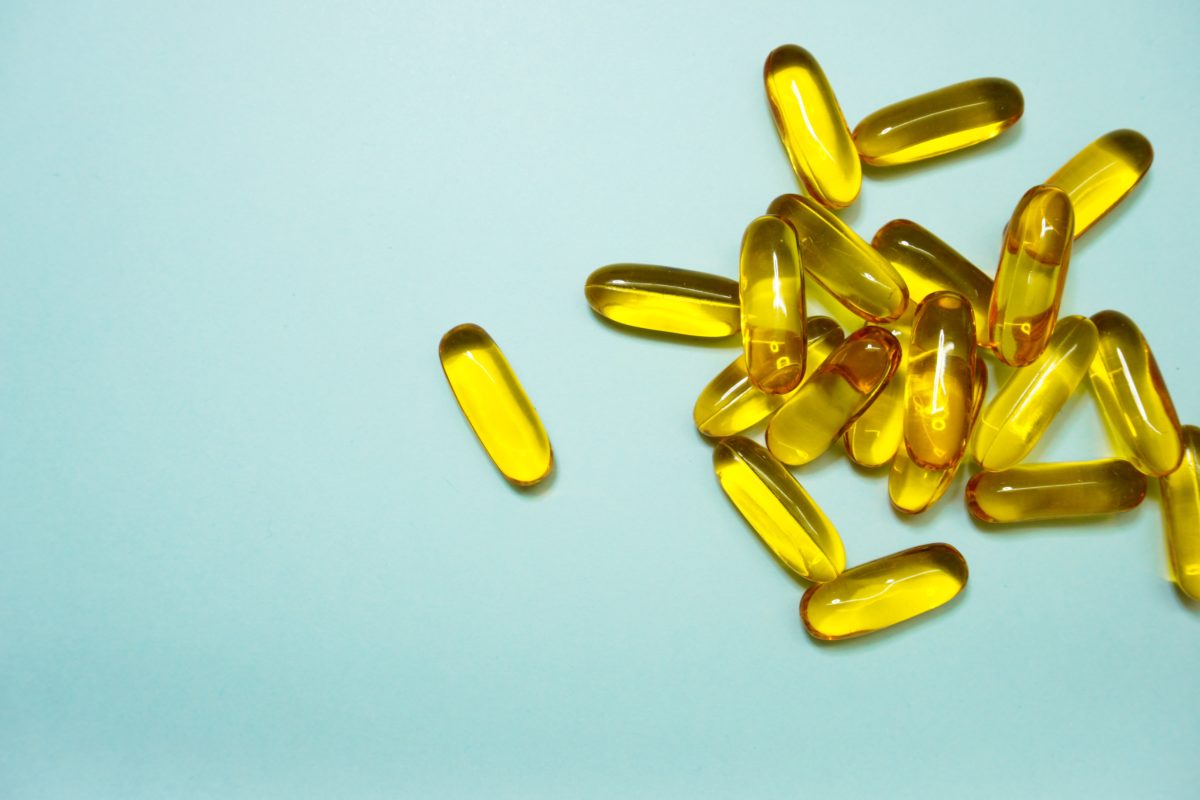Always at winter time, the topic of vitamin D is hotly discussed. Vitamin D for athletes is especially a topic for discussion. What you should know about vitamin D.
Vitamin D has become a hotly discussed vitamin in recent years. Practically the entire population has a deficiency, and this could be responsible for almost all diseases. Gradually, however, the warning is sounding.
Your vitamin D level is the vitamin D content in the blood. While a level of 30 nmol/L used to be considered sufficient, today many people want at least 75 or even 120 nmol/L (1,2). Everything is fine if you use 30 nmol as the limit value. But if you use 75 or even 120 nmol as the limit, almost all people have a deficiency.
Vitamin D is a hormone
Strictly speaking, vitamin D is a hormone; we produce most of it in our skin with the help of the sun’s rays. The vitamin D produced in this way could cover all our needs. And this is exactly where the problem lies. Because of the fear of skin cancer, we avoid the sun or cover ourselves with sunscreen. However, we know that a protection factor of 8 already practically completely blocks vitamin D formation in the skin (3). Without sufficient sun exposure, however, it becomes difficult to produce enough vitamin D, because the vitamin D content in food is very low. Or to put it pointedly: If you don’t eat 300 grams of fatty salmon every day, you have to go out in the sun or take supplements, which can hardly be what nature intended!
The formation of vitamin D in the skin essentially depends on the type of skin, the location of sun exposure and the time of year. In summer you can get enough vitamin D in 5 minutes with your face, arms and hands exposed (4). Since vitamin D is no longer formed in winter due to the weaker sunlight, sunbathing should be done as often as possible in summer to build up a supply of vitamin D.
The vitamin D stored in fat then helps to survive the winter months when the sun is weak. The important thing is to go out in the sun without sunscreen whenever possible, but of course only for long enough not to burn yourself. In the meantime, vitamin D has mutated from a vitamin with a main effect in bone formation to a vitamin that is said to play a role in almost all metabolic pathways and diseases. However, the original enthusiasm is already waning. This is because the results from research are sobering: in practically all diseases, supplementation with vitamin D did not bring about any significant improvement in the condition. (5)
Not more common in athletes
All the discussions about the importance of vitamin D have, of course, also affected sports. Among other things, it is said to be partly responsible for fatigue and muscle weakness. But also here it behaves as with all other vitamins or minerals: Performance suffers in the case of a real deficiency, but once this has been corrected, further supplementation is of no use.
Vitamin D deficiency is no more common in athletes than in the general population. The question, however, as described at the beginning, is whether this is a genuine deficiency or whether an excessively high threshold value is being used. Currently, it is not possible to answer this question. The ideal vitamin D level for athletes has not yet been determined due to a lack of studies.
Tips for practical use
Despite this gap in knowledge, a limit value of 75 nmol/L is often used in sports. At lower values, one cannot exclude the possibility that performance may be slightly impaired or that the immune system may be somewhat weakened. As with all nutrients, however, there is also an excess of vitamin D. Avoid blood levels of 125 nmol/L and higher because of the possibility of negative health consequences. (6,7)
Conclusion: A check of the vitamin D content in the blood in late autumn provides information on whether one has had enough sun in the summer. You should consider supplementation in consultation with a doctor if the values are close to 75 nmol/L and no sun exposure is planned over the winter.
Nutrition expert Dr. Paolo Colombani is a scientific consultant with his own company.
Literature
(1) Heaney RP. Curr.Opin.Clin.Nutr.Metab.Care 2011; 14: 440-4.
(2) Holick MF. Nat.Rev.Endocrinol. 2011; 7: 73-5.
(3) Matsuoka LY et al. J.Clin.Endocrinol.Metab. 1987; 64: 1165-8.
(4) Federal Office of Public Health. Vitamin D and solar radiation. http://www.bag.admin.ch/uv_strahlung/14268/index.html?lang=de (accessed 01/31/2016)
(5) Autier P et al. Lancet Diab.Endo. 2014; 2: 76-89
(6) Moran D et al. Sports Med. 2013; 43: 601-11.
(7) Owens DJ et al. Eur. J. Sport Sci. 2015; 15: 73-84.
Text from FITforLIFE– This blog post was provided to us by the Swiss magazine FIT for LIFE. If you want to read regularly informative knowledge articles in the field of running and endurance sports, click here.

